Abaqus for beginners (Mechanical Engineering)
ABAQUS for beginners education package is an ideal package of CAE simulation for students, scholars, researchers, and professors.
In Abaqus for beginners (Mechanical Engineering) training package, which is designed for beginners in mechanical engineering, various examples in the most widely used fields are presented. These examples are provided with the necessary points and theories for simulation. With this training package, you will be able to get acquainted with different ABAQUS modules in the form of various examples in modeling, how to get the output and the necessary results for reporting.
More Description:
Abaqus for beginners package includes 8 lessons and 14 workshops. This free package includes 5 lessons and 8 workshops for free. To access the remaining lessons and workshops, you can view the full package. The workshop topics are designed to provide many tips for learning ABAQUS. Topics presented include areas, modeling of truss structures, modeling of beam structures, calculating stress concentration, calculating displacement in loaded plates, simulating structures with static and dynamic loading, calculating natural frequency, calculating buckling load, forming analysis, Simulation of heat transfer problems, simulation of heat transfer coupling problems, simulation of non-coupling heat transfer problems, impact simulation and etc.
It will guide you going from the basics up to complex simulation techniques and it is very fluid, comprehensive and every single detail is explained.
Every lesson goes straight to the point, without any worthless piece of content. You will learn what you need at every stage and you will be putting it into practice from the very first day.
In a word, being complete and having support in this course is the essential value of this course.
Most importantly, we support you as you learn in this course. You can contact our experts to ask your questions and enjoy our modeling and simulations step-by-step support.
This is just the beginning for you and if you want to become a professional in Abaqus and simulation, you can use our advanced packages and become a professional in advanced Abacus coding.
Click on the chapters of each lesson in the right section of this tab to know the details of the tips and issues presented in this very comprehensive and useful ABAQUS training package.
Learn about how to apply torque and moment in Abaqus by reading this article: What is Abaqus Load Torque (Moment) and How to Apply it in Abaqus?
It would be useful to see Abaqus Documentation to understand how it would be hard to start an Abaqus simulation without any Abaqus course.
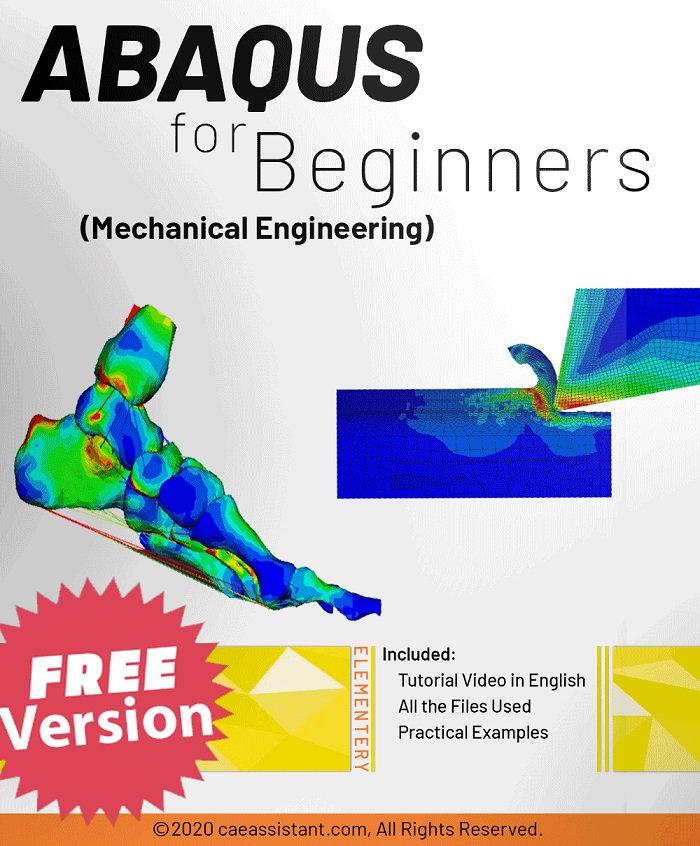
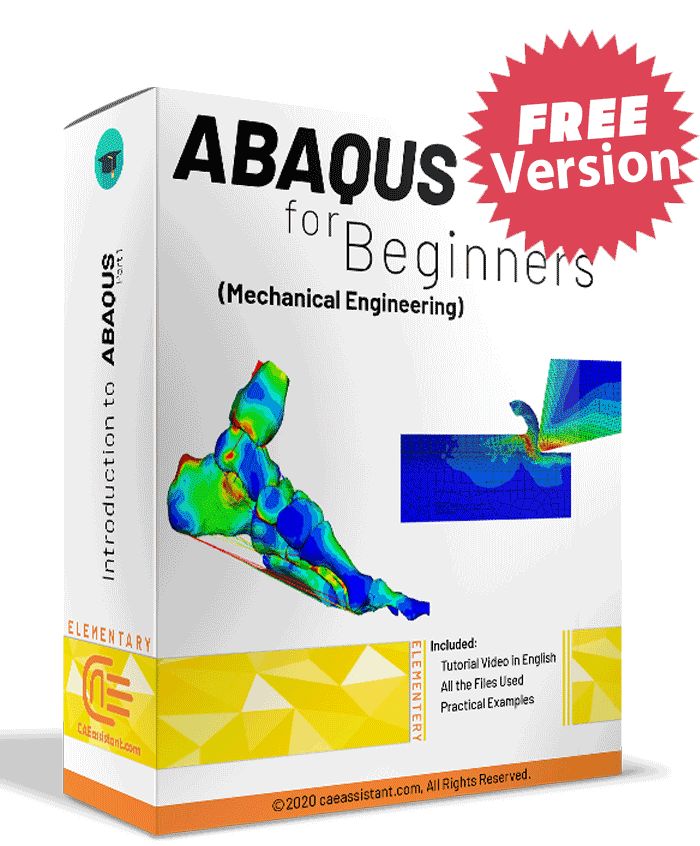
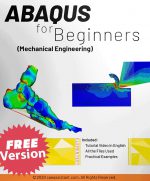
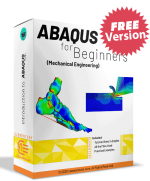
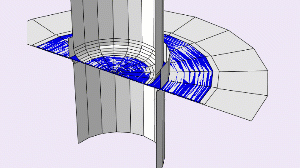
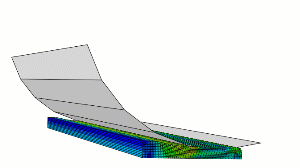
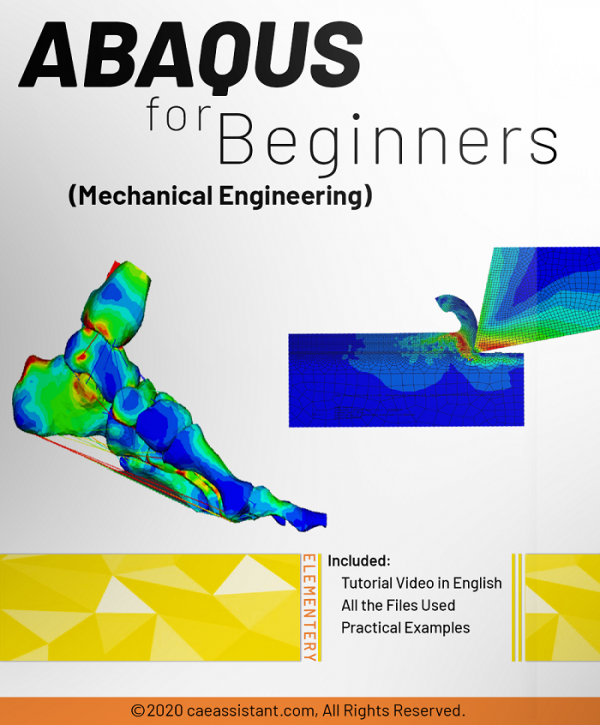
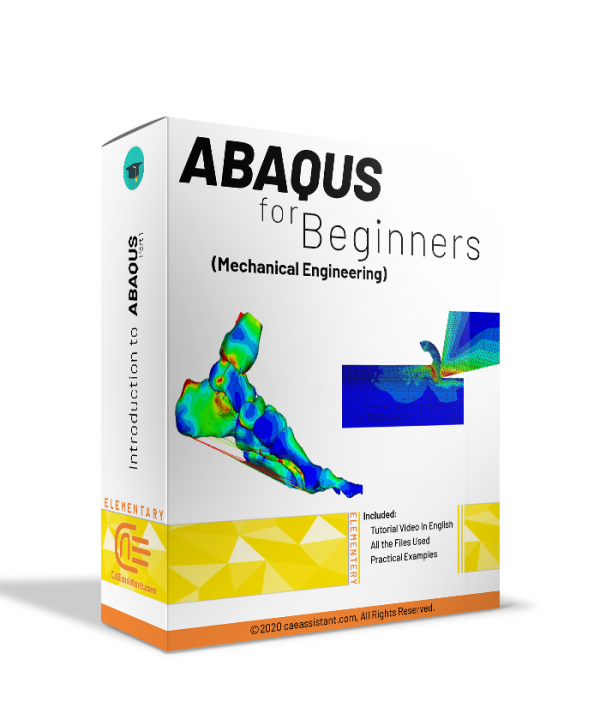
Andrea Ricci –
The content and the quality of the package are the best. How can find the complete version of this package
max.sam –
Hi , I finally come back for my own feedback. First of all, I am satisfied with the content of the ‘free videos’, which include some introductions about the FEA, input files of Abaqus and Abaqus User Subroutines (Fortran codes), and so on. Maybe it was because of the commercial reasons or not, they are just some very short, simple examples, yes, of course, the ‘free videos’ won’t show too many details, I do understand it.
So in my point of view, if you can afford a ‘complete’ example for a certain topic FOR FREE, for example, the heat transfer in a 1D bar with just a few elements. If you can afford the complete input file and the Fortran codes to make the users test by themselves, I think it will be attractive for the purchasers. Only when the users have done some tests by themselves, they can really know if your products suit them well.
So I’m talking about the ‘Open Source’ for just ONE or SEVERAL SIMPLE, TYPICAL FEA codes. Anyway, it’s just my own opinion, and maybe I didn’t find the right place on your official website, where there might exist some full examples .
Rudramuni T S –
NICE
Abelardo –
I recently purchased the Abaqus for beginners (Mechanical Engineering)-Free Version package and I must say it exceeded my expectations. The lessons provided a solid foundation in using Abaqus for simulation and modeling. However, I still have some questions regarding the advanced features of this package. Can you provide more information on how to enhance my skills with this package?
Ceferino –
I am thoroughly impressed with the Abaqus for beginners (Mechanical Engineering)-Free Version package. It covered various modules and provided practical examples for each topic. I feel confident in my understanding of the basics, but I would like to know if there is a complete package available that covers all aspects of Abaqus. Could you provide details about the comprehensive package?
Evaristo –
The Abaqus for beginners (Mechanical Engineering)-Free Version package was exactly what I needed to kickstart my project. The lessons on dynamic analysis and fracture/failure were particularly helpful. However, I have a specific project in mind and I’m unsure how to proceed using this product. Can you guide me on how to approach my specific project using the lessons from this package?